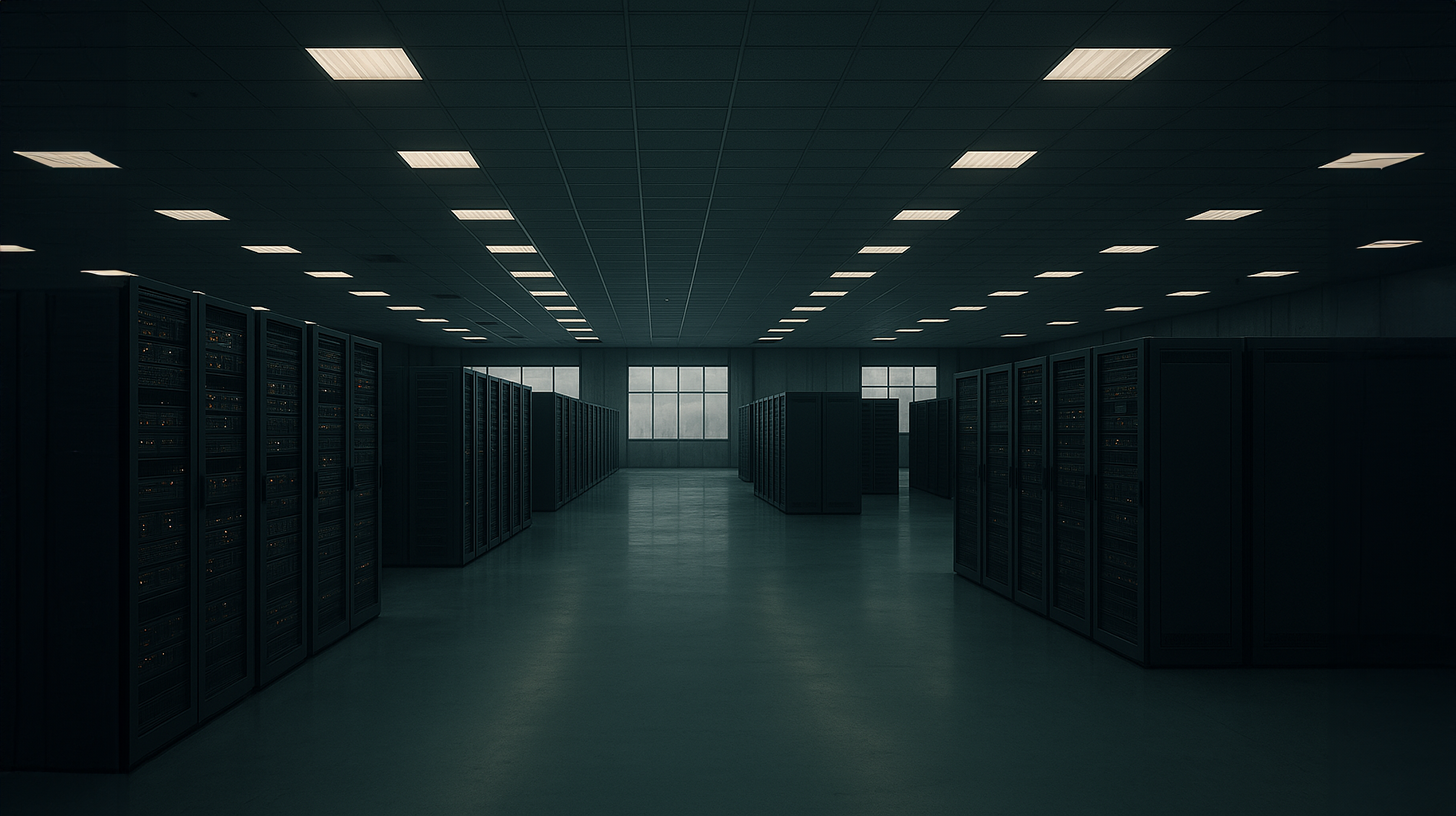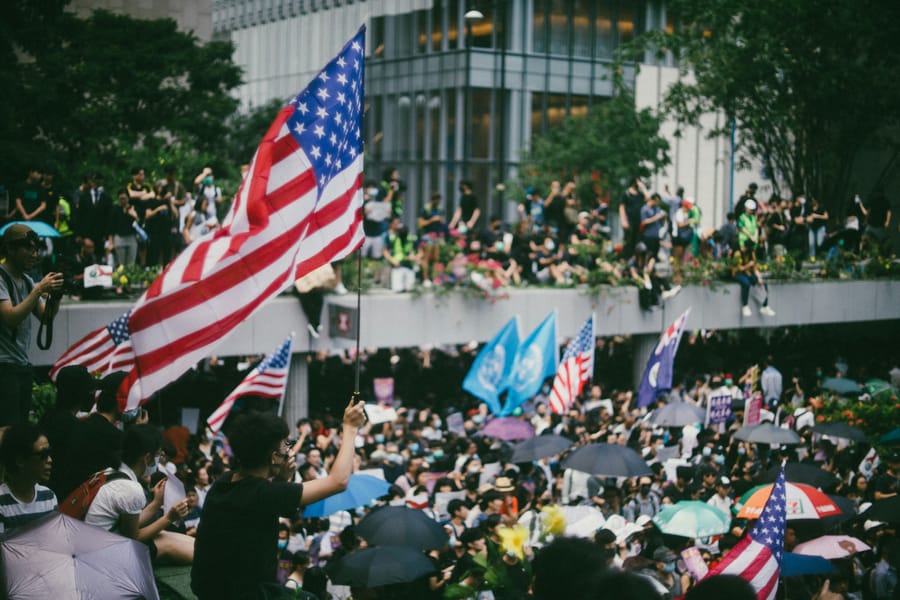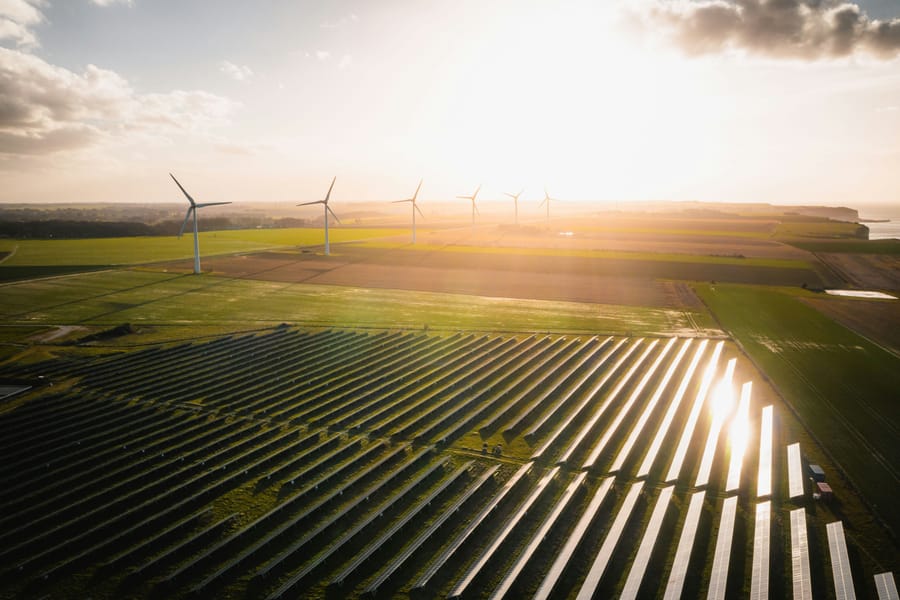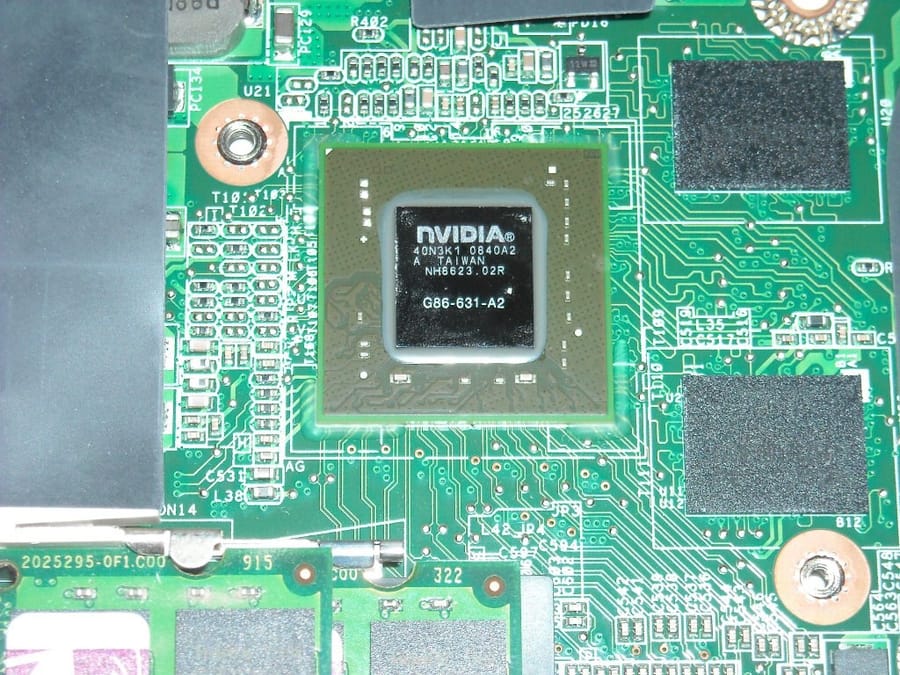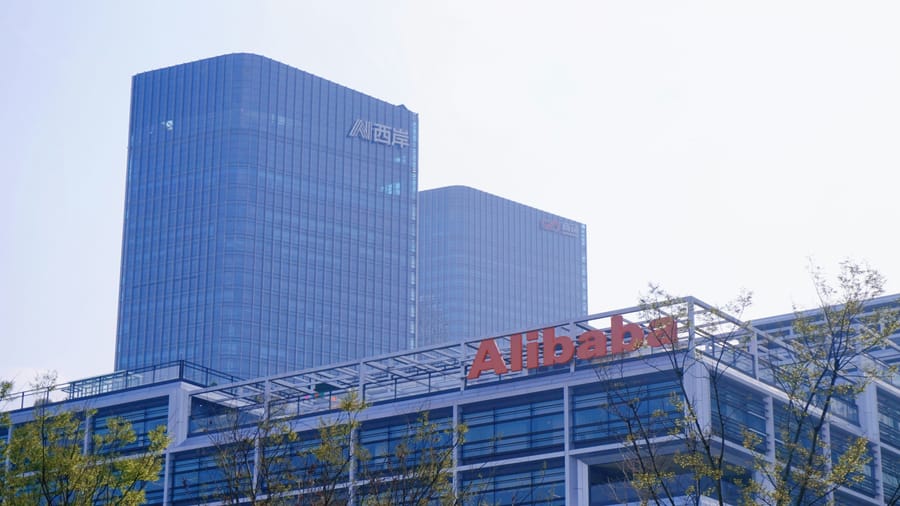China’s AI infrastructure boom, which began following the release of ChatGPT in late 2022, is collapsing, with a significant portion—up to 80%, according to sources—of the more than 150 government-backed data centres now standing empty. The national ambition to become a leader in artificial intelligence technology has resulted in largely unused facilities, and GPU server rental prices have plummeted to record lows, with the monthly rental cost for an 8-GPU configuration featuring an Nvidia H100 server dropping from 180,000 yuan ($25,000) to 75,000 yuan ($10,000).
Between 2023 and 2024, China announced over 500 new data centres, of which at least 150 are already operational, according to the China Communications Industry Association Data Center Committee. Many of these projects were led by inexperienced players, such as MSG manufacturer Lotus or textile producer Jinlun Technology, often overlooking actual demand or technical feasibility. Jimmy Goodrich, a senior technology advisor at the RAND Corporation, notes that the growing pains of China’s AI industry stem largely from inexperienced actors—companies and local governments—that jumped on the hype train, building facilities ill-suited to current needs. The infrastructure challenges were further compounded by the emergence of DeepSeek R1, which reshaped the market by offering performance comparable to OpenAI o1 at significantly lower costs.
Despite these difficulties, China’s central government remains committed to advancing AI infrastructure and is expected to intervene by taking over struggling data centres and transferring them to more experienced operators. Alibaba plans to invest $50 billion, and ByteDance $20 billion, in GPUs and data centres over the coming years. Meanwhile, similar efforts are underway in the U.S. with the $500 billion Stargate project, initiated by OpenAI, Softbank, and Oracle to build advanced data centres.
Sources:
1.

2.
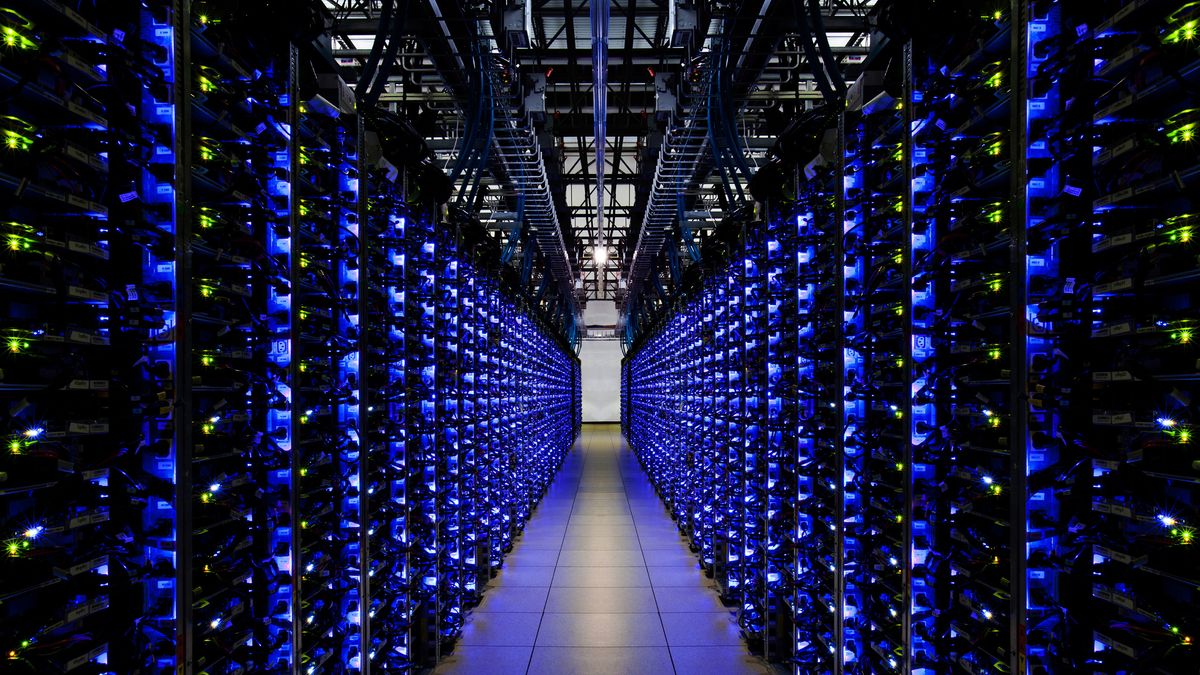
3.
